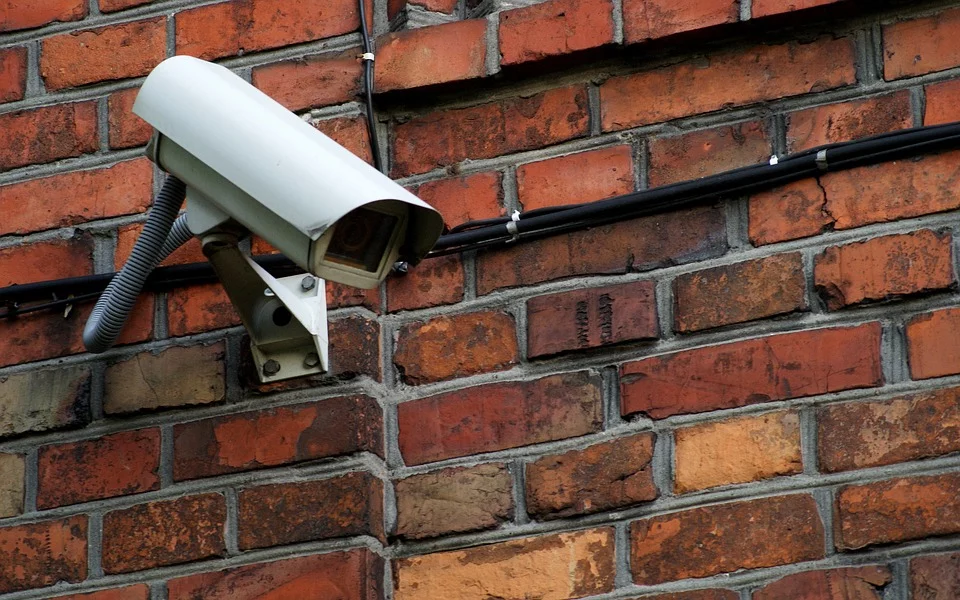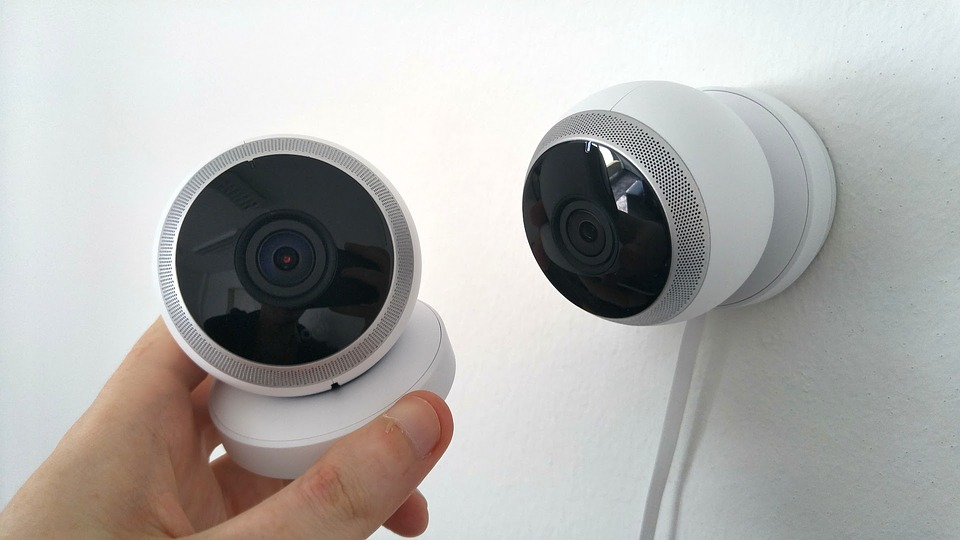However you look at it, the market for home security systems is a booming one. There’s a massive variety of options, whether you want to outright buy a security system, or build one yourself. But ask any homeowner, and they’ll tell you that they consider the security camera to be at the core of a good system.
So, one major problem homeowners have when they want to buy a home security camera is being stuck without knowing which one to go for. There are a lot of them on the market, from budget-oriented ones that you can fit within everyone’s budget, to ones that will set you back hundreds of dollars apiece.
Well, we’re here to help. Below we’ll talk about all the aspects of a home security camera, in order to help you understand which ones are more important and where your money should go. Without wasting any more of your time, let’s start with the most important aspect – resolution.
The Resolution is Key
By far the most important number on the spec sheet of a security camera is the resolution. You’ll find it as the number of horizontal pixels by the number of vertical pixels, and this is basically a direct indication of the amount of details the camera can capture. A higher resolution captures more details, but it does cost more.

What you should be aiming for is at least a resolution of 1280×720. This is also known as 720p or HD and is the minimum if you want a usable image of whatever your camera captured. You will come across cameras that have a resolution lower than this, such as 640×480, and we would strongly advise against buying any of them. If you can, you should even step up to 1920×1080, or 1080p. The difference is immediately visible, and it’s one you’ll notice when reviewing footage. The best thing is that the price difference between 720p and 1080p is often just a couple of bucks, making it a very good investment.
Now, you will also find some cameras that offer a 4K resolution. That is 3840×2160, which is quite a lot, and much higher than 1080p. The thing here is that even though the quality is a lot better, 4K takes up a lot of space in terms of storage, and is not really necessary. If you can afford it and have enough storage, by all means, go for it, but it’s not too much of a necessity.
Field of View Matters, Too
The next important thing is the field of view. The field of view will basically indicate, usually in degrees, how wide the scene captured is. With a narrow field of view, you’ll often only be able to capture a small part of the area you’re recording. In turn, if you want to capture more of it, you’ll need multiple cameras.
A wider field of view is usually what’s preferred, with many cameras hitting the sweet spot at 130 degrees. With a bit of planning during placement, this should be more than enough when you want to capture an entire room with a single camera.
Note, however, that there is a tradeoff to a wide field of view. It’s a common issue, due to how the lenses are made, that you have a bit of drop in terms of quality as you look further from the center of the image. It’s unavoidable, and with higher-end cameras, it’s almost imperceptible, but if you’re on a budget, you should definitely consider it.
Note the Additional Features
The last thing to consider while buying a home security camera is additional features. One major thing we’re seeing today is Wi-Fi, which not only negates the need for a cable to go from your camera to a centralized storage device but also lets you connect to it from basically wherever you are in the world. It’s a welcome addition, and definitely one you should invest in.

Next, we have IR LEDs. Infrared lights tend to come with any decent camera, and they surround the camera lens, serving a single purpose – illuminating the scene at night. Those lights are invisible to the human eye, but to a camera sensor, they’ll brighten things up. This is what allows cameras to record in pitch black scenarios and still capture good high-quality footage.
And the last important additional feature is motion detection. If you don’t want your camera to record constantly, consuming both power and storage, it’s a good idea to only have it detect when it knows something is moving in front of it. This will also save you a bit of time since you don’t have to go through hours of footage when in reality, you only need the ten minutes that matter.

